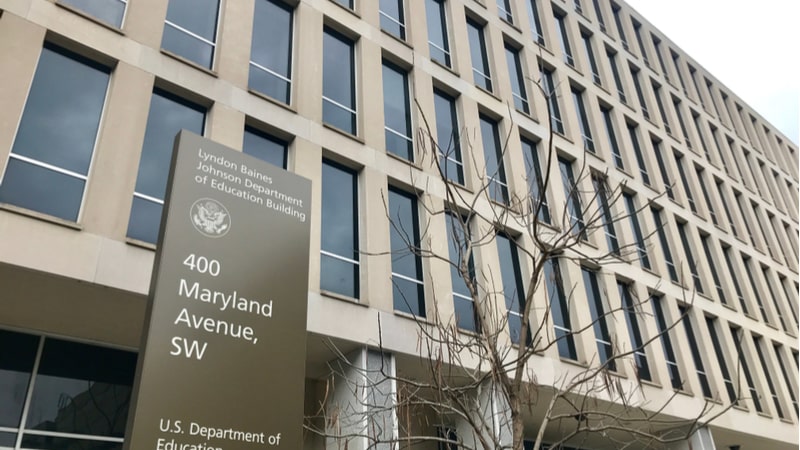
With legacy government IT systems increasingly threatened by cyberattacks and Federal agencies on the move to improve security, the Technology Modernization Fund (TMF) is proving instrumental in helping the Education Department accelerate its transition to zero trust security architectures.
The Education Department received a $20 million funding award from the TMF earlier this year for the zero trust work.
“We look to TMF and the funds there as an accelerator,” said Steven Hernandez, chief information security officer and director of information assurance services at the agency, at MeriTalk’s TMF Forward virtual event on Dec. 16.
The Education Department is using the money to focus on crucial “next-generational action” in two big areas: strengthening and growing the agency’s program management capability in the zero trust architecture (ZTA) space, and implementing the necessary technology to fill in any security gaps.
Hernandez explained that because ZTA is such a multifaceted area in both cyber and IT, the agency wanted to grow its capability to ensure it gained a strong ZTA.
“We had to bring outside experts that eat, live, and breath zero trust that could help us drive that agenda for more visibility, awareness, and integration of system portfolios into our ZTA,” Hernandez said.
The agency also realized that while it had many significant components on hand for zero trust, some gaps needed to be filled. Hernandez explained that the agency determined where it needed to fill gaps or where it needed to make some enhancements, resulting in an influx of crucial tools and technology that will help solve the problem.
The TMF funding will also generate tremendous savings in the time it takes to realize better security, Hernandez said. Without the TMF money, the agency predicted it might take five to seven years, based on existing funding projections, to generate big progress on the zero trust work. However, with the funding from the TMF, the agency expects to realize gains in just one year.
Despite the infusion of $1 billion into the TMF this year, there are no set plans to create longer-term funding options through that mechanism.
Hernandez said he believes the TMF is a viable long-term option for agencies to modernize their systems.
“Part of the promise and part of the premise of TMF is this idea of giving back,” he said. “The dream is for the government to leverage this account to do these big shift and moonshot projects, and out of the optimization, we can give back into the fund so that others can take advantage of it,” Hernandez said. “And the way things are going, I think that is going on into perpetuity.”
